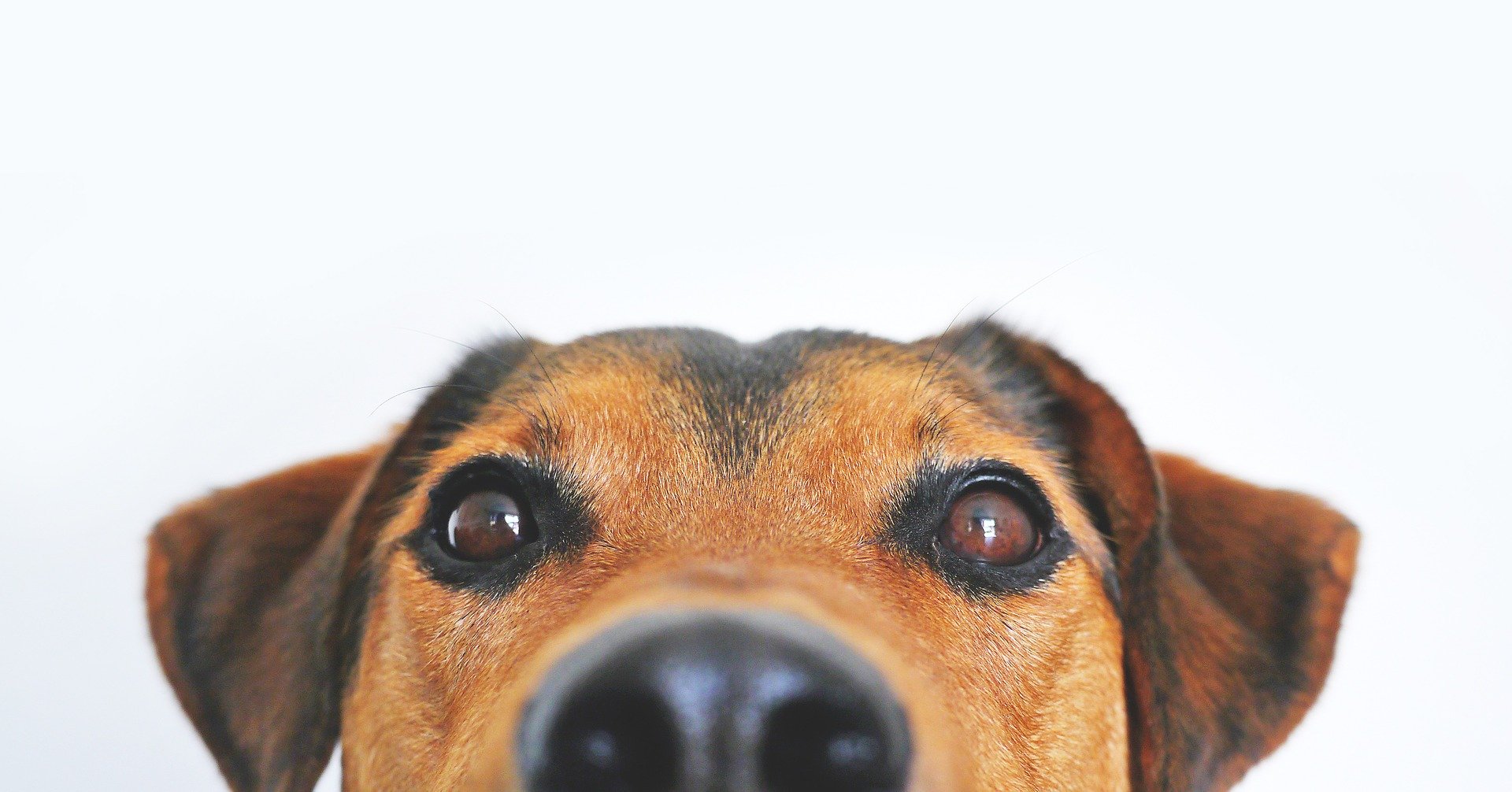
How to stay safe around dogs
Thursday, 21st November 2019
RSPCA’s head of operations, Tegan McPherson, says dog attacks can happen for various reasons and the type or size of dog is not an accurate indicator that it could be aggressive. Aggression is often linked to training, socialising, owner behaviour, temperament and underlying health issues.
There are steps you can take to keep you and your family safe:
- Never approach or pat a dog without the owner’s permission.
- If approached by a strange dog, let it sniff you and don’t make eye contact.
- Always supervise young children around dogs. Toddlers are the most at risk of dog bites because of the way they approach and try to play with dogs. “Throwing their arms around a dog, burying their face in them, climbing on their back – these are all things a predator might do and are seen as a threat.”
- Learn to recognise signs that a dog might be stressed. Growling and barking are obvious but excessive yawning and holding the tail high or between its legs or laying its ears back can also be signs the dog is stressed and might become aggressive. A dog that freezes and stares is in the most heightened state of stress.
- If your dog is normally calm then starts to demonstrate fear or anxiety, consult an animal behaviourist or vet in case there is an underlying problem that can be treated. “Dogs can have pathological changes in the brain due to pain or illness which can trigger aggression.”
- If a dog lunges at you, turn sideways and use your arms to protect your face, neck and body, and use a bag or a jumper to create a barrier.
- If bitten seek medical attention, no matter how minor the bite, to prevent infection.
Source: RACV - Royalauto